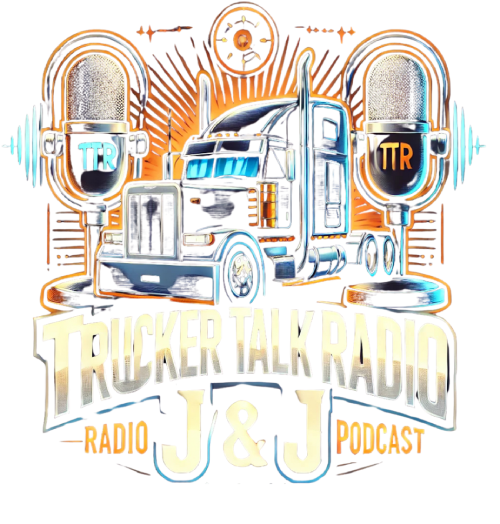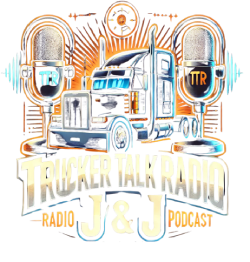Complete Interview
This week, Adam Chiara interviewed Joe Sculley, president of the Motor Transport Association of Connecticut, and Roland Bolduc, a FedEx driver, about the hurdles confronting the trucking sector during the COVID-19 pandemic.
Although there have been federal and state initiatives to support truck drivers amid the pandemic, it is evident that these drivers continue to encounter difficulties on the roads as much of the population remains at home to prevent the virus’s spread.
On March 13, the federal government made an unprecedented move by suspending the Federal Motor Carrier Safety regulations. This action included lifting restrictions on the number of consecutive hours a driver can operate and waiving the requirement for annual physicals, with the aim of minimizing supply chain disruptions.
“This is the first time there has been a nationwide declaration by the federal government in response to an emergency, highlighting the severity of the situation,” commented Joe Sculley, president of the Motor Transport Association of Connecticut.
Due to the shutdown of most dining establishments and businesses, drivers are still struggling to find accessible restrooms and dining options.
“Fast-food restaurants are challenging to navigate with a truck,” mentioned Roland Bolduc, a driver with FedEx. “Those drive-throughs are basically the only option that remains,” he added.
To alleviate this issue, the Connecticut Department of Transportation, along with the Federal Highway Administration, has permitted food trucks to operate in state-owned rest areas, a practice that is typically restricted by federal laws.
“Connecticut was among the pioneering states to implement this change swiftly,” stated Sculley.
Truck drivers are vital to the supply chain, transporting essential goods like food, medicine, and household products from factories to retailers. However, they are not involved in decision-making regarding items that are currently in short supply, such as toilet paper.
Bolduc shared that after witnessing a two-and-a-half-mile line of trucks awaiting toilet paper pickups, he believes that consumer hoarding is a primary factor in the shortages.
So, when can we expect a return to normalcy regarding toilet paper availability? “Normalcy will return when people start acting normally,” Bolduc remarked.
Key Takeaways



